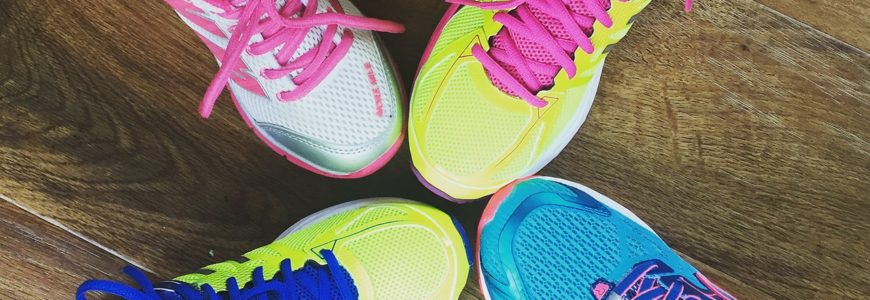Five signs that it’s time to replace your running shoes
If you think knee pain indicates your body isn’t up to the task of running, think again. It’s quite possible it’s your running shoes that are to blame.
“Many runners tend to think the worst when they come into my clinic with knee pain,” says Dr. Dale Macdonald, Sport Specialist and Clinic Director at Elite Sport Performance in Calgary. “Although there can be a variety of causes of knee pain, one overlooked cause is worn-out shoes.”
It’s common for runners to use shoes for between one and three years. Macdonald notes that today’s running shoes are simply not built for that kind of longevity.
To give your body the best chance at a long running career, follow Macdonald’s five shoe tests to make sure your shoes are still capable of doing their job.
1. Count your mileage
Research suggests a typical running shoe loses about 45% of its midsole shock absorption by 450 kilometers. A moderate runner might reach that milestone in four to six months. How many miles have you put on your current pair of running shoes? If you are close – or over – 450 kilometers, don’t push it. Buy new shoes.
2. Look at the wear pattern
The black rubber on the sole of the running shoe is a higher-density carbon rubber, which is difficult to wear out. Many shoes have a detailed pattern over this carbon rubber. When you see signs of wear on the patterned overlay, harmful wear has begun. If you see wear through to the black carbon that exposes the colors underneath, replace your shoe.
3. Check mid-section wrinkles
Although many runners think the shoe’s heel gets the highest impact, Macdonald says that’s just not true. A runner’s major force is caught in the mid-section of the shoe, and it’s natural for the foam in this area to compress over time. Turn your shoe on its side and look at the sole. If you see wrinkles at the mid-section of the sole, it’s an indication that compression is negatively impacting the shoe’s support. You know what to do: buy new.
4. Do the twist test
With two hands, grab the toe and heel of the shoe. Now, twist the shoe in opposite directions at the mid-section. If you see a worsening of the sole’s wrinkles or the shoe folds over and creates creases in the middle of the shoe, the mid-section is no longer doing the job it was designed to do. Go shoe-shopping before your next run.
5. Do the fold test
Grab the heel and toe of the shoe and try to fold the toe back towards the heel. If it folds in half, the mid-section has collapsed and your toeing-off support will be compromised. Throw the shoes out, and treat yourself to new ones.
Who said running was an inexpensive sport?
These five tests will tell you whether or not your shoes are sound enough for running. Make no mistake: a steady runner will probably go through two or three pairs of shoes each year. Although that can be a hit to the pocketbook, it does have an upside. Fresh shoes are a simple fix that will decrease your chance of pain and injury. That may help you avoid costly knee pain treatment expenses in the long run.
– Knee Injury & Pain Treatment Specialists, The Knee Clinic




